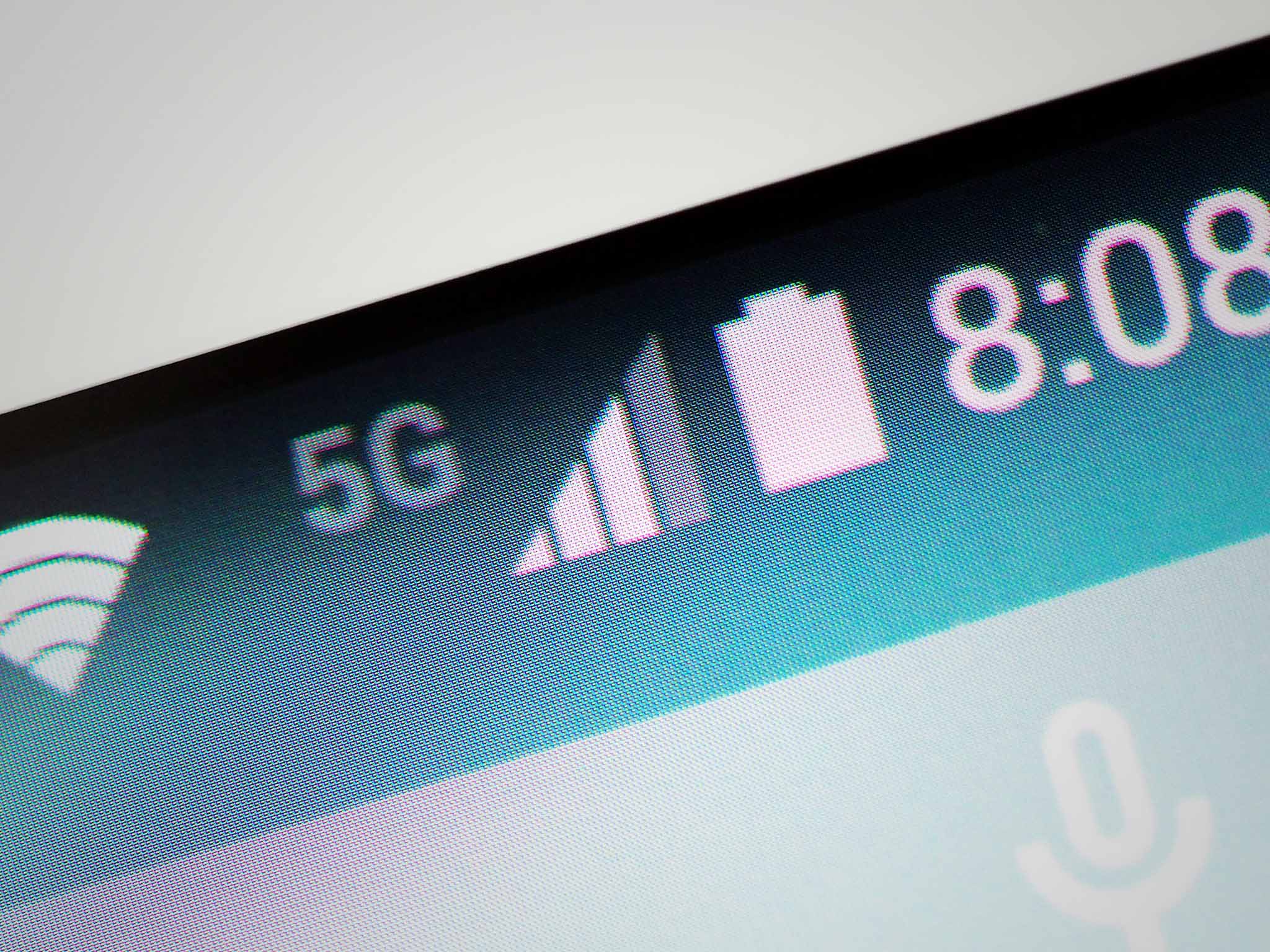5G gets closer to reality as initial standard is finalized

We keep hearing about the impending launch of 5G, but the reality is that the reported 2019 launch is still quite far away. In the meantime, work continues behind the scenes to ensure that, when carriers and phone manufacturers are ready to roll it out, they know exactly what they're working with.
To that end, a 5G milestone was hit today at the 3GPP RAN Plenary meeting in Lisbon, Portugal where all the companies involved in creating mobile standards get together and party soberly discuss the future of our mobile universe. While the so-called 5G NR (New Radio) standard was already formed, today's meeting — largely led by Qualcomm, which has been pushing to accelerate the rollout of 5G — finalized it, putting a line in the sand on what it deems Non-Standalone 5G NR, which will rely on existing LTE core networks to function.
NSA 5G NR specs were approved today at RAN#78. Balazs Bertenyi , RAN Chair called it “an Impressive achievement in a remarkably short time, with credit due particularly to the Working Groups”. News article to follow on the 3GPP site and from 3GPP Member announcements. pic.twitter.com/b10fTV5V5nNSA 5G NR specs were approved today at RAN#78. Balazs Bertenyi , RAN Chair called it “an Impressive achievement in a remarkably short time, with credit due particularly to the Working Groups”. News article to follow on the 3GPP site and from 3GPP Member announcements. pic.twitter.com/b10fTV5V5n— 3GPP Live (@3GPPLive) December 20, 2017December 20, 2017
NSA 5G will be the wireless standard's initial form when it launches in 2019, leveraging mature LTE networks for much of the backbone and utilizing sub-6GHz 5G for additional capacity where necessary. Because 5G's initial focus will be on facilitating enormous amounts of data backhaul, NSA 5G omits calling and other aspects of the 3G and 4G LTE spec we take for granted today.
Standalone 5G (SA), which the 3GPP expects to finalize by next summer, will eventually be the replacement for 4G LTE, though according to Qualcomm, "NSA and SA 5G NR will share common physical layer specifications for the air interface" and won't require enormous additional investment by carrier partners.
So why should you get excited about 5G today? Mainly because data usage in many parts of the world is going way up, especially with the proliferation of video services, and even in its infancy will offer fast speeds of between 1Gbps and 5Gbps, plus much lower latency than current 4G LTE networks, at fractional costs to wireless carriers. While carriers will, of course, need to monetize 5G — they are businesses, after all — it's possible that unlimited plans will be truly unlimited, at costs considerably lower than what we're paying today.
Carriers like Verizon, T-Mobile, and AT&T have already spent billions of dollars purchasing potential 5G spectrum to spur growth in the sub-6GHz and so-called mmWave (24GHz and above), and have plans to launch 5G networks for both mobile and fixed wireless customers.
Until then, there's always fake 5G.
Be an expert in 5 minutes
Get the latest news from Android Central, your trusted companion in the world of Android
Daniel Bader was a former Android Central Editor-in-Chief and Executive Editor for iMore and Windows Central.

